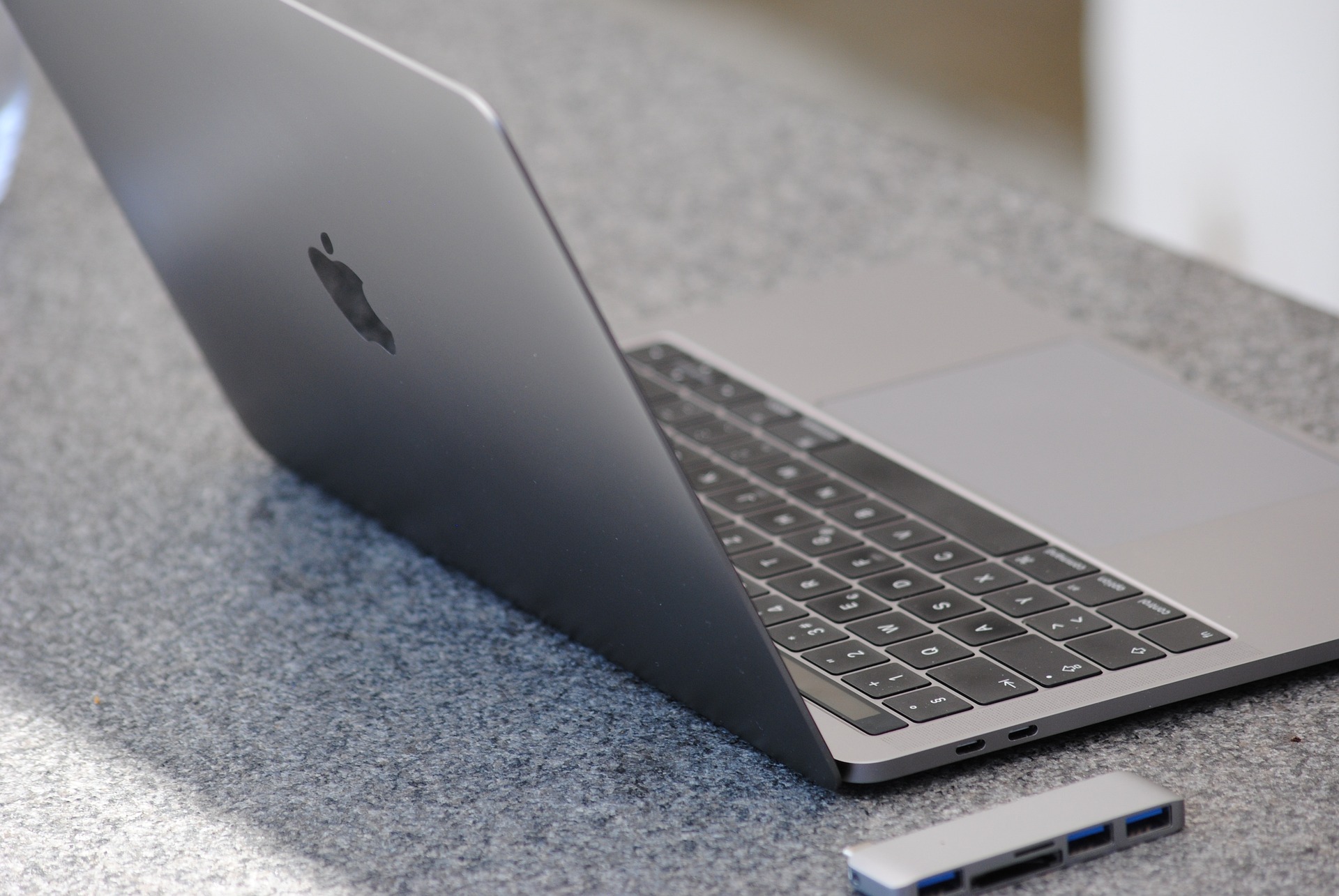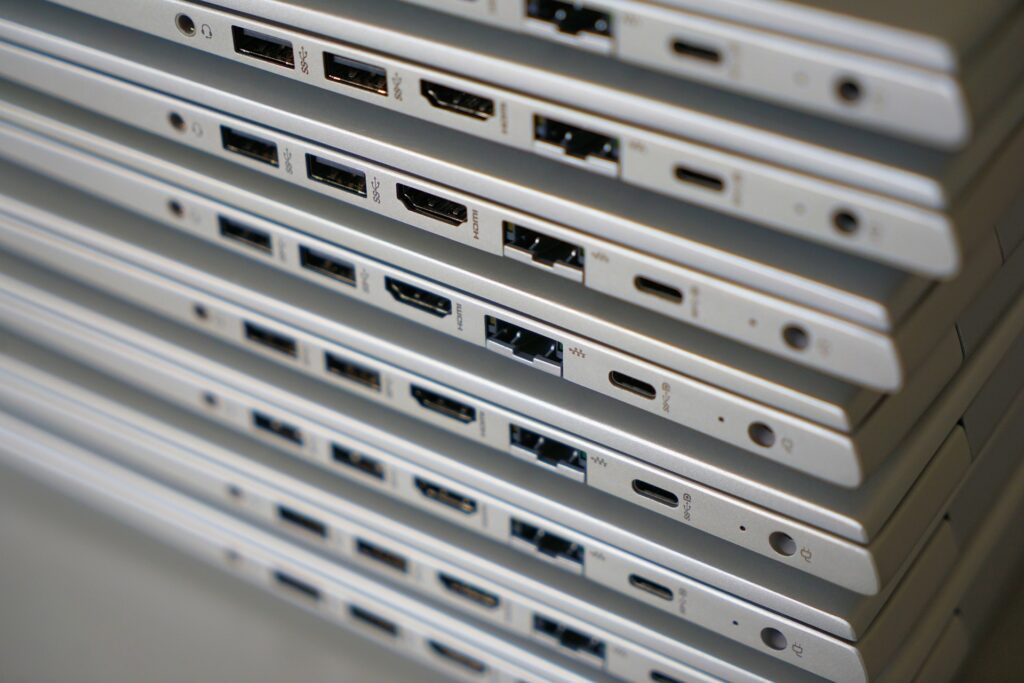
Get the Most Out of Using the USB Ports on a Microsoft Docking Station
Do you have a Microsoft Docking Station? If so, did you know that you can use the USB ports on it to charge your devices? That’s right – the USB ports on a Microsoft Docking Station are not just for data transfer, but can also be used to charge your phones, tablets, and other USB-powered devices. Here are some tips on how to get the most out of using the USB ports on your Microsoft Docking Station:
What is a USB port
A USB (Universal Serial Bus) port is a standard connection interface for personal computers and consumer electronics devices. USB ports allow USB devices to be connected to a computer to exchange data and power. There are two types of USB ports: Standard-A and Standard-B. Standard-A ports are commonly found on personal computers, while Standard-B ports are found on USB devices such as printers, scanners, and digital cameras.
What is a Microsoft Docking Station
A Microsoft Docking Station is a hardware device that allows you to connect multiple peripherals to a laptop or tablet computer. The docking station typically provides power to the devices, as well as providing additional USB ports, audio and video outputs, and Ethernet connectivity.
What are the benefits of using a USB port on a Microsoft Docking Station
The Microsoft Docking Station is designed to give you the best possible experience when using a USB device with your computer. The docking station has a special port that allows you to connect a USB device directly to the docking station, which provides a more stable connection and faster data transfer speeds. In addition, the docking station has a built-in power supply that can charge your USB device while it is connected.
Can you use the USB ports on a Microsoft Docking Station

The XPS 13 2-in-1 7390 has two Thunderbolt 3 ports, one USB-C 3.1 port and a microSD card reader. To use a USB port on the Microsoft Docking Station:
- Connect the Dock to a power source using the included power adapter.
- Connect the Dock to your computer using the included USB-C cable.
- Plug your peripheral devices into the available USB ports on the Dock.
What are the different types of USB ports on a Microsoft Docking Station
The different types of USB ports on a Microsoft Docking Station are:
- USB 3.0 ports: These are the blue ports on the docking station. They support data transfer speeds of up to 5 Gbps.
- USB 2.0 ports: These are the white or black ports on the docking station. They support data transfer speeds of up to 480 Mbps.
- USB Type-C port: This is a newer type of USB port that supports data transfer speeds of up to 10 Gbps. It is located on the left side of the docking station (when looking at it from the front).
How to choose the right USB port for your needs
The Microsoft Docking Station has three different types of USB ports. They are:
- USB 2.0 ports: These are older ports that are slower than the other two types. They can be used for charging devices, but they won’t work as well for data transfer.
- USB 3.0 ports: These are newer and faster than USB 2.0 ports. They can be used for both charging and data transfer.
- USB 3.1 Gen 1 ports: These are even newer and faster than USB 3.0 ports. They can be used for both charging and data transfer.
